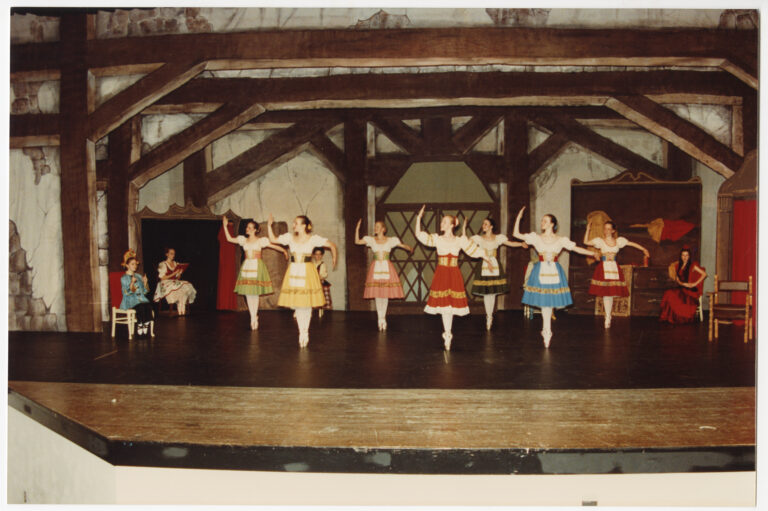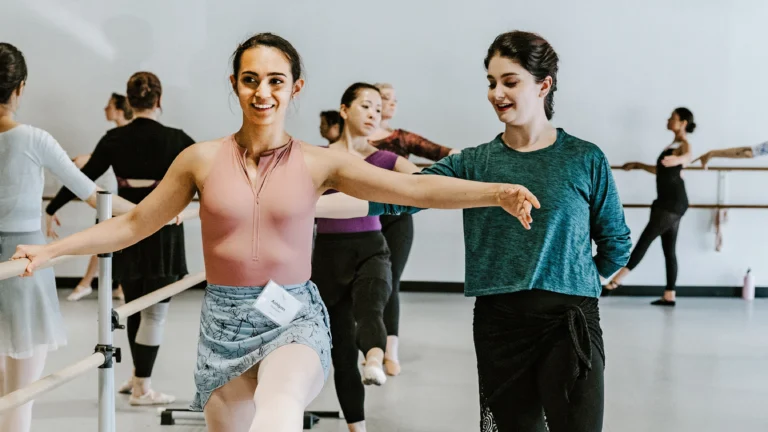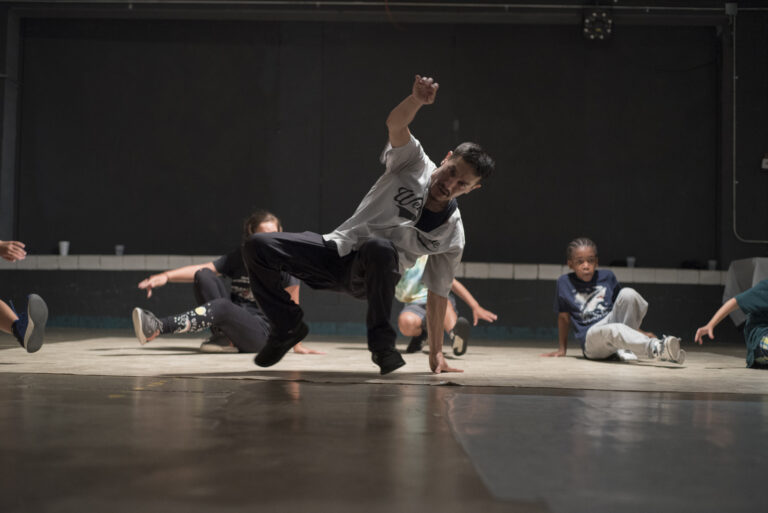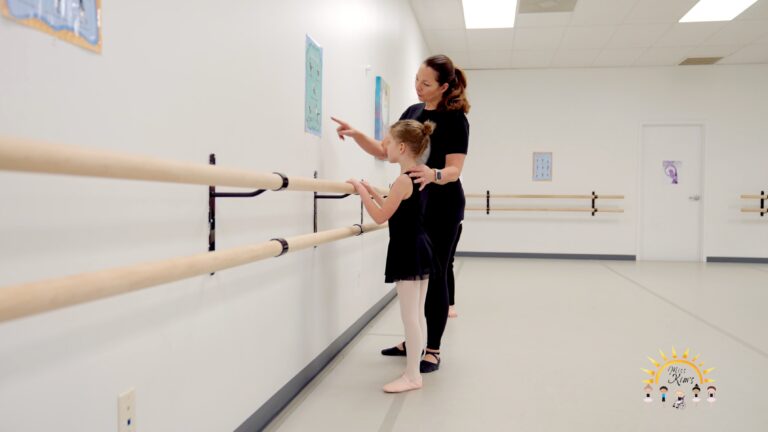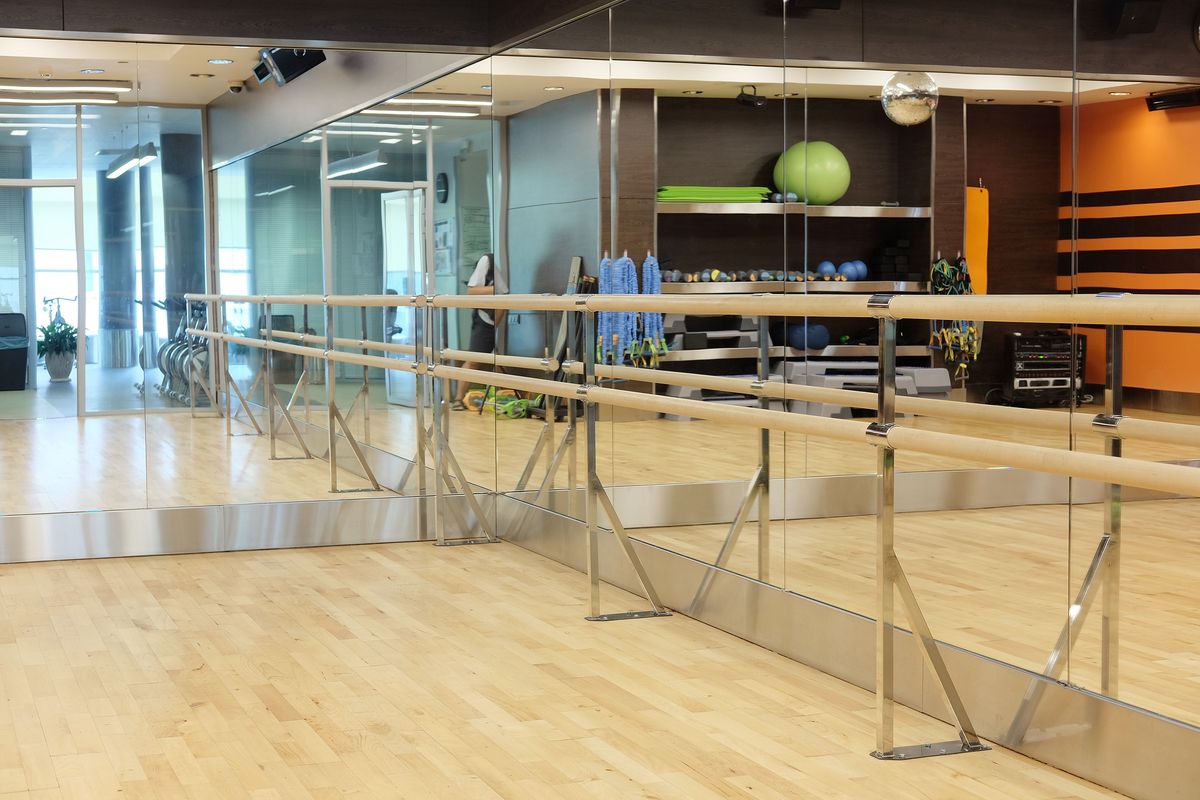
You’ve grown up dancing; you can no longer ignore the itch to teach; you’ve been secretly planning your first recital theme for the past three years—in fact, you’re eagerly hatching plans to open your own studio. While your passion for dance and desire to pass on such a beloved artform will be strengths for running a studio, they are by no means sufficient to make it a success. Owning a studio is a commercial venture that requires capital, business savvy and an almost obsessive attention to detail. Here are six risk-reducing strategies to ease into studio ownership.
Be an Apprentice First
The best way to learn about running a studio business is to work at one, preferably in different roles or jobs and over the yearlong cycle. You’ll soak up lessons from different owners, with distinct customer and market profiles. (Professional courtesy demands, however, that your eventual studio exist in another area.) You can observe close up the ups and downs of running this type of business—typical problems and how they’re solved, how cash flows in and out of the business. To give this hands-on experience context, educate yourself on business basics by taking advantage of your state and city’s resources. Get yourself a mentor through a program like SCORE, a nonprofit small-business advisory association. At score.org, you can find business tips, counseling in person or by e-mail, local (free) workshop listings for small-business owners and even webinars. Above all, get comfortable with business financials and marketing.
Make a Name for Yourself
Long before you own your own studio, you can develop a student following, giving you a built-in clientele for your first year as a studio owner. Offer your dance teacher services to local after-school programs, gyms and churches.
Denise Schindler, who owns Blanchard Dance Center in Kenner, Louisiana, first offered dance classes to a local daycare center, making it as painless as possible for the owner. “I told her I’d send out the registration forms and the students would pay me directly,” says Schindler. “I said it didn’t matter if the kids were male or female—they didn’t have to go change into leotards. And I traveled to the school to teach.” After a couple of years, several of Schindler’s students were ready to leave the daycare but still wanted to take dance classes with her—and a studio was born, with a guaranteed enrollment.
Write a Business Plan
A formal business plan is a crucial reality test to counterbalance your passion for your business idea. Do market research on your potential customers (a free widget, SizeUp, at sba.gov/sizeup will help), and test different pricing for classes based on variable classes offered and potential enrollment. Figure out all your costs, including those often overlooked: marketing, website design and upkeep, signage, studio-management software, equipment and insurance policies. Once you’re launched, you’ll often need to adapt this business plan, but the initial plan is a must-have blueprint to how you’re going to make money. A great resource is sba.gov, where you’ll find a 10-step guide to starting a business, with relevant blogs and access to local counseling, mentoring and training.
Get Creative About Space
Studio space is probably the biggest cost you’ll face. If you buy or even lease your own location, you’ll need to pay monthly mortgage or lease payments, and you may also need to invest in a build-out to adapt the space to your needs. Then there are ongoing bills for extensive utilities and upkeep. Consider renting an alternative space for classes, at least at first. As long as your demeanor is professional and your curriculum is legitimate, a space like a legion hall or Veterans of Foreign Wars hall could be a great locale for weekly dance classes. Offering to rent at typically slow rental time slots will often get you a cheaper rate.
Or consider adapting your garage or basement as a studio space. You’re already paying rent or mortgage, and by working from home, you’ll also benefit from a hefty tax deduction. If you’re based in a bigger city and have a mostly adult clientele, don’t overlook the novelty of pop-up dance classes in variable locations each week. Changing the location of classes often will require careful communication with your clients but can be an inexpensive, buzzworthy launch to your business.
Don’t Go Wild Hiring
Rather than hiring an extensive dance faculty, teach as often as you (sanely) can, and ask around to see if local college dance students are looking for teaching experience or an internship—possibly for academic credit, depending on their university’s policies. Today’s college dance programs often incorporate comprehensive pedagogical practices into their curricula. Plus you can mold a new crop of dance teachers in your own style at lower hourly rates. For the more unwieldy children’s classes, start your own class-assistant program, pooling class helpers from your older, more mature students. Have your dance helpers conduct bathroom trips, work the sound system and keep the energy high in the room. Many dance teachers reward their class assistants with a special number in the end-of-the-year recital or the occasional pizza party.
Schindler, who has kept her studio small, hired her first outside faculty member only after three years. She relied on her business-partner sister and, later, her own daughter to help her teach and manage classes. Now, after 15 years, Schindler has just hired two of her former students to come in and teach, one on a regular basis and the other as needed.
Try the Old Give-and-Take
Bartering for services is as old as commerce itself, and when done in a business-like way, it can be a cost-saver. Delegate certain office tasks—administrative work, studio cleaning and costume rhinestoning—to qualified and willing parents, in return for free or reduced tuition for their kids. Or offer free dance classes in return for accounting or legal services. For older and more responsible students, establish a work/study program with class credit in exchange for checking students into class, posting tuition reminders and publicizing studio updates.
“I love the barter system!” says Schindler. After discovering that a studio mom had a knack for artwork, Schindler exchanged free dance classes for recital scenery. A studio dad tinted her studio windows on the outside (to prevent nosy peepers) in exchange for tuition; another parent painted the studio’s interior in return for dance classes.
The key to keeping bartering professional, Schindler says, is clear communication, preferably in writing. “You need to spell out exactly what you’re looking for and what you’re willing to give up for it, in terms of number of classes or dollar amounts,” she says. “And if you convey the idea that the service is for the betterment of the studio, it raises the exchange above the merely transactional.”
Owning a studio is certainly not a cheap or easy undertaking, but by reducing your risks and costs up front, you certainly improve your chances of building a sustainable business doing what you love.

